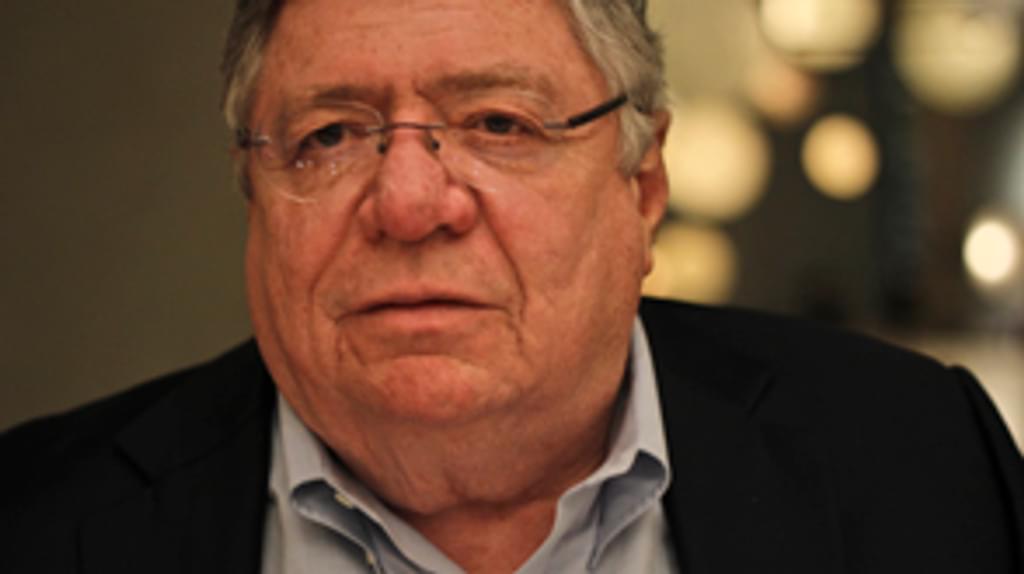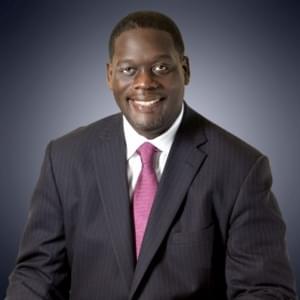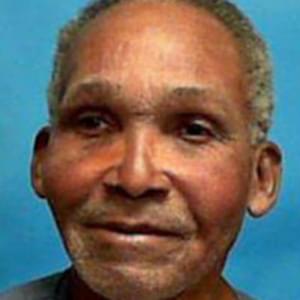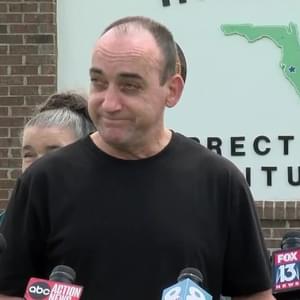
Rob Warden, who is stepping down as the executive director of the Center on Wrongful Convictions, recently spoke about the work of finding and freeing innocent defendants. Warden helped exonerate almost 60 people, including many who had been sentenced to death. He noted that some of the success of the Center was the result of timing: “Part of it was the fortuitous advent of DNA forensic technology, which suddenly showed that many people had been wrongfully convicted. And that, in turn, gave credence to the non-DNA cases where there was persuasive evidence of wrongful convictions. It just changed the momentum.” He said that exposing flaws in the justice system has been one of the Center’s most important contributions: “[V]irtually nobody believed that people would confess to crimes they hadn’t committed. We have been extremely important in exposing the phenomenon of false confessions and the psychological phenomena that lead to it. And we’ve exposed the fallacies of evidence that were often used to convict people, including misinterpretations of forensic results and the use of so-called jailhouse snitch testimony. People never really took that seriously until we started showing that they were leading to serious miscarriages of justices.”
(K. Sloan, “Four Decades and 60 Exonerations Later…,” National Law Journal, Sept. 11, 2013.) See also Innocence and Arbitrariness.
Innocence
Feb 23, 2024

Black History Month Profile Series: Craig Watkins
Innocence
Feb 05, 2024



